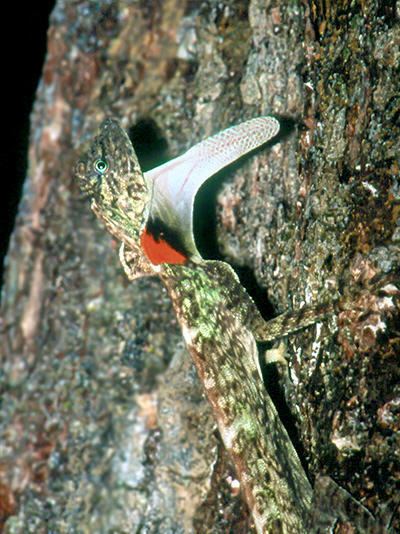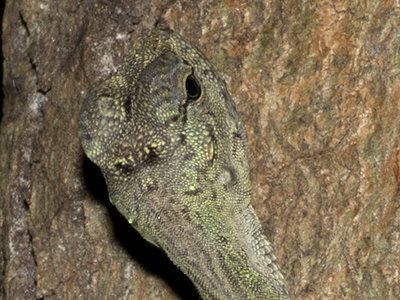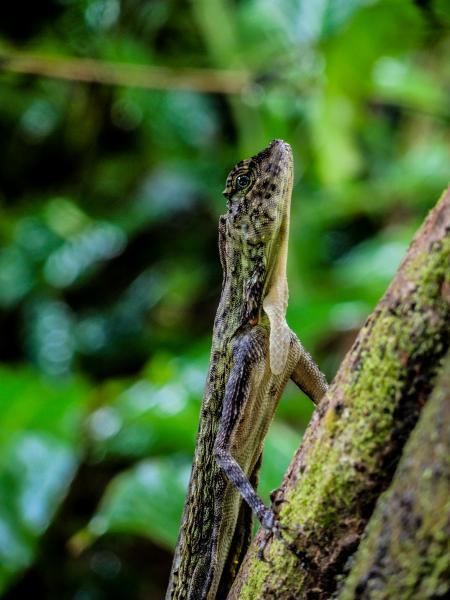Kingdom Animalia Subphylum Vertebrata Order Squamata Scientific name Draco blanfordii | Phylum Chordata Class Reptilia Suborder Iguania Rank Species | |
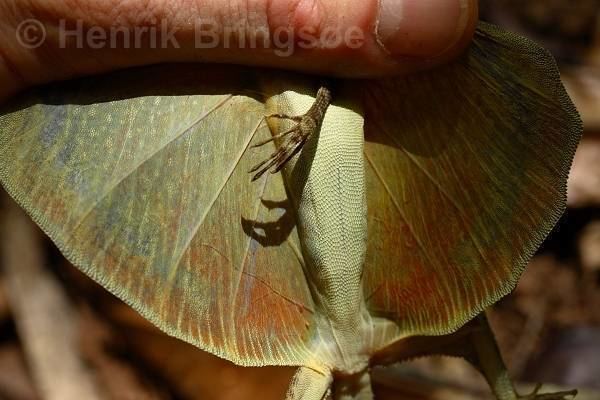 | ||
Similar Draco maculatus, Draco melanopogon, Draco indochinensis, Draco dussumieri, Draco mindanensis | ||
Blandford’s flying lizard (Draco blanfordii), also called Blanford's gliding lizard, Blandford's flying dragon, is an agamid "flying" lizard, found in Asia, capable of gliding from tree to tree.
Contents
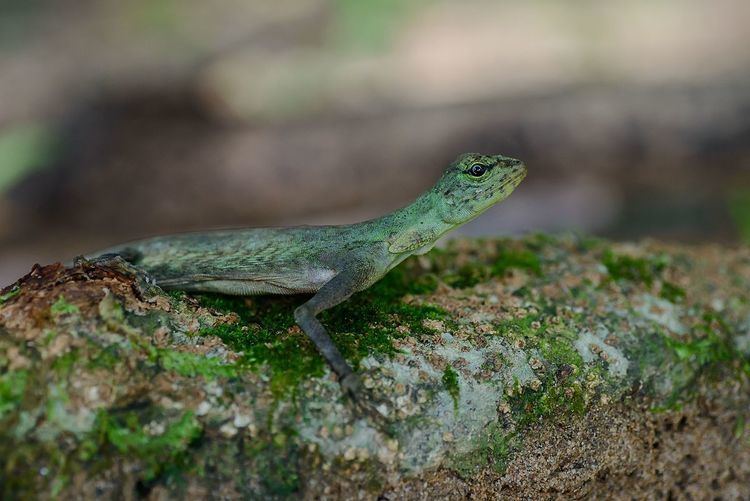
Geographic range
It is found in Bangladesh, China (SW Yunnan), India, Malaysia (West), Myanmar, Thailand (East) and Vietnam,
Etymology
The species is named after William Thomas Blanford of the Geological Survey of India in British India.
Description
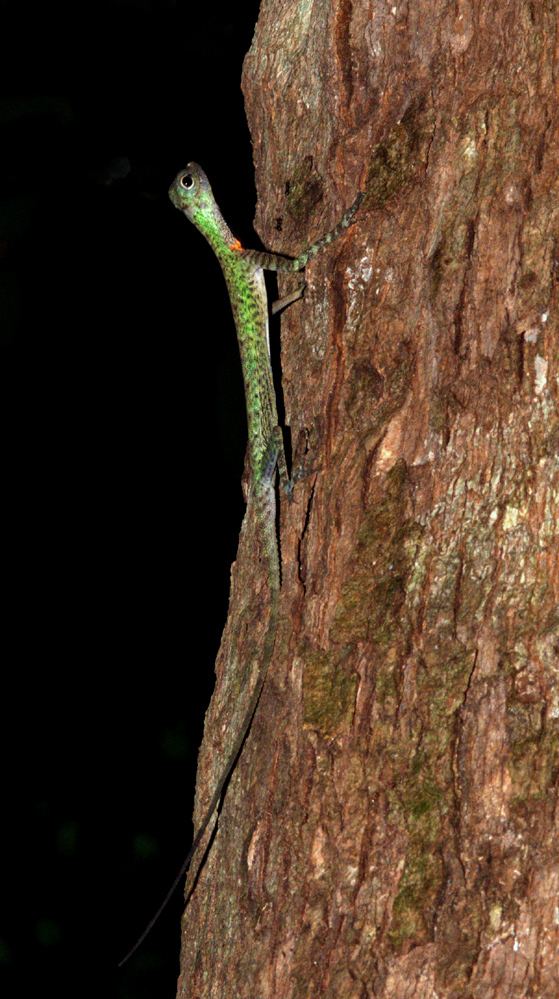
While the dewlap of Draco indochinensis is widest at its base, decreases in width over its entire length, and terminates in a sharp point, in contrast, the dewlap of D. blanfordii is distally expanded with a basal constriction, and terminates in a rounded distal edge. D. indochinensis also differs from D. blanfordii in the presence (in both sexes) of a thick, black transverse band that extends across the posterior gular region from one throat lappet to the other, and in the presence of dark radial bands on the dorsal surfaces of the patagia in both sexes rather than in females only.
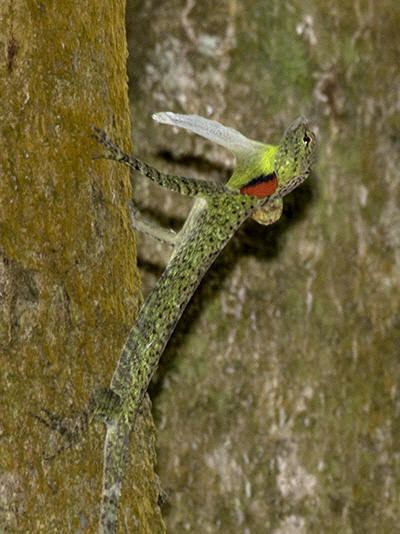
Head small, snout constricted, slightly longer than the diameter of the orbit; nostril directed upwards, perfectly vertical; tympanum naked, smaller than the eye-opening. Upper head-scales unequal, keeled, a prominent tubercle at the posterior corner of the orbit; 9 upper labials. The male's gular appendage longer than the head, very thin, covered with large scales. Male with a slight nuchal fold. Dorsal scales equal, smooth or very feebly keeled, not larger than ventrals ; a series of widely separated enlarged keeled scales alongside of back. The fore limb stretched forwards extends considerably beyond the tip of the snout; the adpressed hind limb nearly reaches the axilla. Grey-brown above, with small dark spots; wing-membranes above marbled with dark brown, with lighter spots and lines, beneath immaculate; throat unspotted, greenish, pale scarlet beneath the lateral wattles. From snout to vent 4.75 in (12.1 cm), tail 9 in (23 cm). The largest species of the genus.
